UPSC Exam > UPSC Notes > Famous Books for UPSC Exam (Summary & Tests) > Parliamentary System
Parliamentary System | Famous Books for UPSC Exam (Summary & Tests) PDF Download
Introduction
- The Constitution of India establishes a parliamentary form of government at both the central and state levels.
- Articles 74 and 75 focus on the parliamentary system at the Centre, while Articles 163 and 164 pertain to the states.
- Modern democratic governments are categorized into parliamentary and presidential systems based on the relationship between the executive and legislative branches.
- In a parliamentary system, the executive is accountable to the legislature for its actions and policies.

- This system is also known as cabinet government, responsible government, or the Westminster model. It's prevalent in countries like Britain, Japan, Canada, and India.
- On the other hand, a presidential system features an executive that is not accountable to the legislature and has a fixed term of office.
- Countries like the USA, Brazil, Russia, and Sri Lanka employ presidential systems.
- Ivor Jennings referred to the parliamentary system as the 'cabinet system' because the cabinet holds central power.
- The Prime Minister, traditionally seen as 'first among equals' within the cabinet, has gained significant influence in recent times, leading to the term 'prime ministerial government.'
- This shift in power dynamics holds true both in Britain and in India.
Features of Parliamentary Government
Nominal and Real Executives
- The President serves as the nominal executive, holding a ceremonial position as the head of state.
- The Prime Minister acts as the real executive, leading the government and making day-to-day decisions.
- Article 74 establishes a council of ministers under the Prime Minister's leadership to assist and advise the President, with the President obligated to follow their advice.
Majority Party Rule
- The political party securing majority seats in the Lok Sabha forms the government.
- The Prime Minister is appointed from the majority party's leader, and other ministers are appointed based on the Prime Minister's advice.
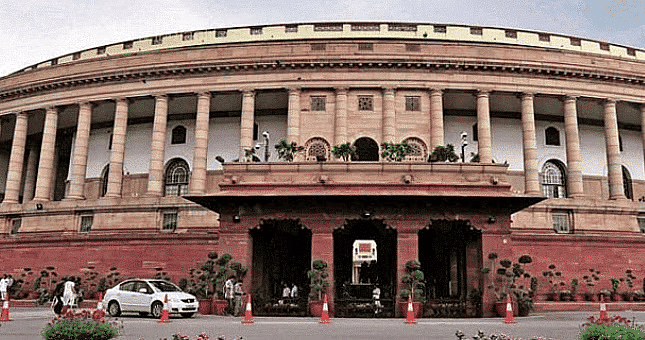 Lok Sabha
Lok Sabha
Collective Responsibility
- Ministers collectively bear responsibility to Parliament, particularly to the Lok Sabha.
- The principle implies that the Lok Sabha can remove the entire ministry through a vote of no confidence.
Political Homogeneity
- Ministers usually belong to the same political party, ensuring ideological coherence.
- In coalition governments, ministers adhere to consensus decisions.
Double Membership
- Ministers serve as members of both the legislature and the executive, requiring parliamentary membership.
- Failure to maintain parliamentary membership leads to cessation of ministerial position as per constitutional provisions.
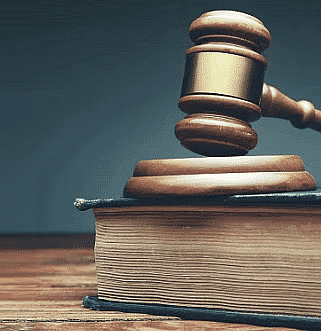
Leader of the Prime Minister
- The Prime Minister holds leadership roles in the council of ministers, Parliament, and the ruling party.
- Their significant role is crucial for the functioning of the government.
Dissolution of the Lower House
- The Prime Minister can advise the President to dissolve the Lok Sabha, leading to fresh elections.
- This power allows the executive to dissolve the legislature before its term ends.
Secrecy
- Ministers operate under the principle of secrecy, unable to disclose information about proceedings, policies, and decisions.
- They take an oath of secrecy administered by the President.
Features of Presidential Government
- The American President has a dual role, serving as both the head of state and the head of government.
- Presidents are elected through an electoral college for a fixed four-year term and can only be removed by impeachment for severe unconstitutional acts.
- Governance is facilitated with the assistance of a cabinet or a smaller advisory body, known as the "Kitchen Cabinet," consisting of non-elected departmental secretaries.
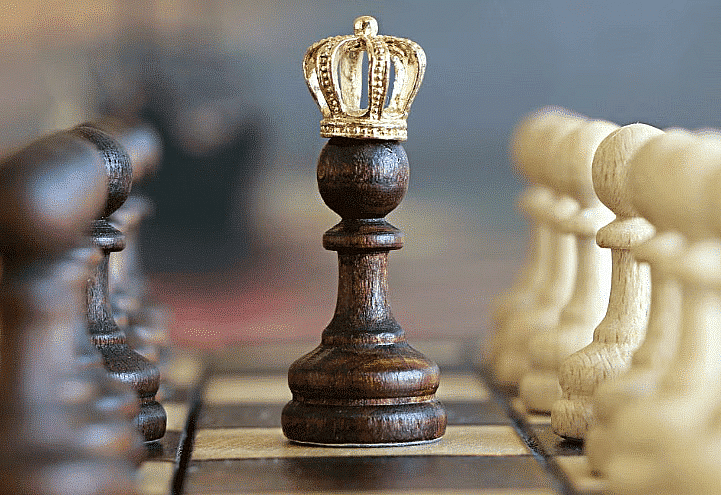
- The President and their secretaries are not accountable to Congress for their actions and do not hold membership or attend its sessions.
- The President lacks the authority to dissolve the House of Representatives, the lower house of Congress.
- The American presidential system is grounded in the doctrine of separation of powers, where the legislative, executive, and judicial branches operate independently.
Merits of the Parliamentary System
Harmony Between Legislature and Executive
- Parliamentary system fosters a cooperative relationship between the legislative and executive branches.
- Both branches work together as the executive is a part of the legislature, reducing conflicts.
Responsible Government
- Ministers in the parliamentary system are accountable to the Parliament for their actions.
- Parliamentary control mechanisms like question hours and no-confidence motions ensure accountability.
 Parliamentary Governmen
Parliamentary Governmen
Prevents Despotism
- Power is distributed among a group of ministers rather than concentrated in one individual, preventing authoritarian rule.
- Executive's accountability to Parliament, including the possibility of removal via a no-confidence motion, acts as a check against despotism.
Ready Alternative Government
- In the event of the ruling party losing majority support, the opposition can be invited to form a government without the need for fresh elections.
- This ensures continuity of governance and provides a smooth transition of power.
Wide Representation
- The parliamentary executive includes ministers representing various sections and regions, ensuring diverse representation in government.
- The Prime Minister considers representation while selecting ministers, facilitating inclusivity in decision-making.
Demerits of the Parliamentary System
Unstable Government
- Parliamentary system lacks stability as governments rely on majority support from legislators, making them vulnerable to no-confidence motions or political defections.
- Examples include short-lived governments headed by various Prime Ministers like Morarji Desai and Chandra Sekhar.
No Continuity of Policies
- Parliamentary systems often lack continuity in long-term policies due to government tenure uncertainties.
- Changes in ruling parties frequently lead to policy reversals, as seen with the Janata and Congress governments in India.
Dictatorship of the Cabinet
- When the ruling party holds a significant majority in Parliament, the cabinet may wield autocratic powers.
- This phenomenon, observed during the eras of Indira Gandhi and Rajiv Gandhi, allows for potential executive tyranny.
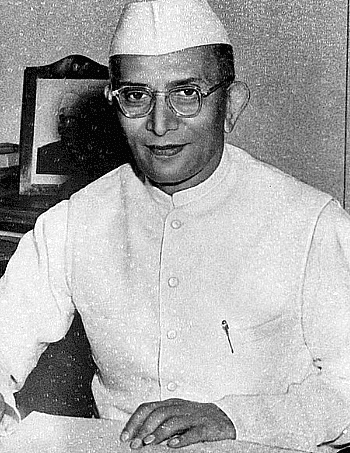 Morarji Desai
Morarji Desai
Against Separation of Powers
- In parliamentary systems, the legislature and executive branches are closely intertwined.
- The cabinet, acting as both legislative leader and executive, challenges the principle of separation of powers, creating a fusion of authority.
Government by Amateurs
- Parliamentary systems may lack administrative efficiency as ministers may not possess expertise in their fields.
- The Prime Minister's selection of ministers is limited to parliamentary members, potentially overlooking external talent.
- Ministers often dedicate significant time to parliamentary duties, cabinet meetings, and party obligations, impacting administrative effectiveness.
Reason For Adopting Parliamentary System
A request was made to adopt the US presidential system of government in the Constituent Assembly. However, the founding fathers opted for the British parliamentary system for the following reasons:
Familiarity with the System
- Constitution-makers were acquainted with the parliamentary system from British rule in India.
- K.M. Munshi argued that India's governance traditions had become parliamentary over several decades, advocating against adopting a new system.
Preference for More Responsibility
- Dr. B.R. Ambedkar highlighted the importance of balancing stability and responsibility in a democratic executive.
- He noted that the British parliamentary system offered more responsibility, albeit with less stability, compared to the American presidential system.
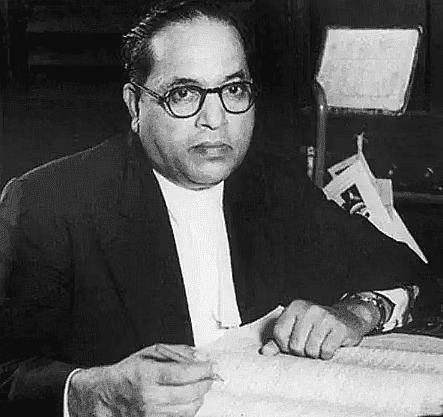 Dr. B.R. Ambedkar
Dr. B.R. Ambedkar
Need to Avoid Legislative-Executive Conflicts
- Framers of the Constitution aimed to prevent conflicts between the legislature and executive, common in the US presidential system.
- They believed such conflicts could hinder India's democratic progress and opted for a system conducive to national development.
Nature of Indian Society
- India's diverse and complex societal makeup influenced the choice of the parliamentary system.
- The system provided better representation for various sections, interests, and regions, fostering national unity and inclusivity.
Distinction Between Indian and British Models
- India operates under a republican system, contrasting the British monarchy where the Head of State (King or Queen) holds a hereditary position.
- Unlike Britain's sovereignty of Parliament, India's Parliament has limited powers due to a written Constitution, federalism, judicial review, and protection of fundamental rights.
- In Britain, the Prime Minister must be a member of the House of Commons, while in India, they can belong to either house of Parliament.
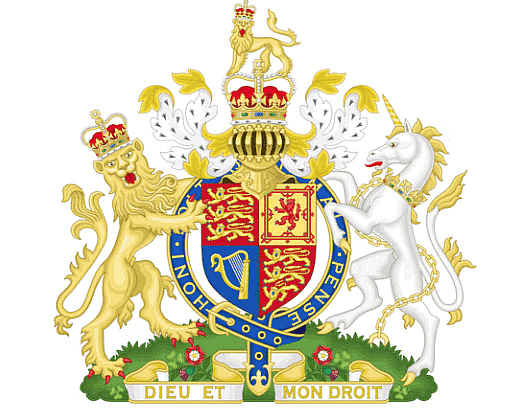 British Monarchy Symbol
British Monarchy Symbol - Ministers in Britain are typically members of Parliament, whereas in India, non-members can serve as ministers for a maximum of six months.
- Unlike Britain's legal responsibility of ministers, India lacks such a system, and ministers aren't required to countersign official acts of the Head of State.
- The British system features a "shadow cabinet" to prepare opposition members for future ministerial roles, a concept absent in India's parliamentary system.
The document Parliamentary System | Famous Books for UPSC Exam (Summary & Tests) is a part of the UPSC Course Famous Books for UPSC Exam (Summary & Tests).
All you need of UPSC at this link: UPSC
|
743 videos|1444 docs|633 tests
|
FAQs on Parliamentary System - Famous Books for UPSC Exam (Summary & Tests)
| 1. What are the key features of a Parliamentary Government? |  |
Ans. Some key features of a Parliamentary Government include the fusion of the executive and legislative branches, the presence of a Prime Minister who is the head of government, and the ability of the government to be removed by a vote of no confidence.
| 2. What are the main features of a Presidential Government? |  |
Ans. In a Presidential Government, the executive and legislative branches are separate, the President is both the head of state and head of government, and the President is elected independently of the legislature.
| 3. What are the merits of the Parliamentary System? |  |
Ans. Some merits of the Parliamentary System include greater accountability of the government to the legislature, flexibility in adapting to changing political situations, and the ability to swiftly remove a government through a vote of no confidence.
| 4. What are the demerits of the Parliamentary System? |  |
Ans. Some demerits of the Parliamentary System include the potential for instability if there are frequent changes in government, the dominance of the executive over the legislature, and the lack of separation of powers.
| 5. What is the reason for adopting a Parliamentary System? |  |
Ans. The reason for adopting a Parliamentary System is often to promote greater cooperation between the executive and legislative branches, as well as to ensure that the government remains accountable to the people through the legislature.
Related Searches





















